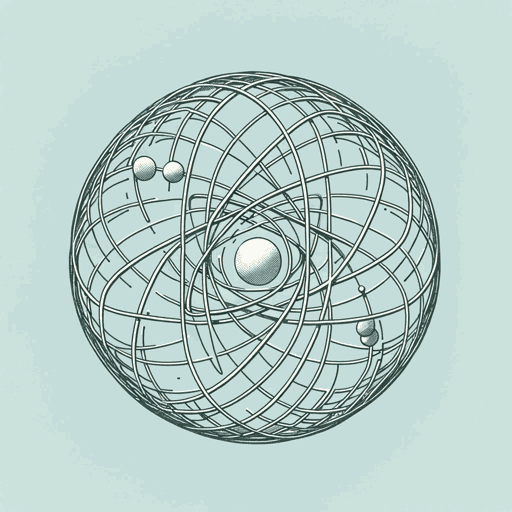40 pages • 1 hour read
Bill BrysonThe Mother Tongue: English and How It Got That Way
Nonfiction | Book | Adult | Published in 1990A modern alternative to SparkNotes and CliffsNotes, SuperSummary offers high-quality Study Guides with detailed chapter summaries and analysis of major themes, characters, and more.
Chapters 5-8Chapter Summaries & Analyses
Chapter 5 Summary: “Where Words Come From”
Chapter 5 examines English vocabulary and the many quirks and gaps that exist within it. According to Bryson, “for almost every word we have a multiplicity of synonyms” (69). This fact is held as a virtue by some while others believe it needless; regardless, synonyms clearly enrich English vocabulary. Bryson cites five ways in which words have become part of the English language—the first category of words being created by error. In this case, word formation comes from misunderstandings such as typographical errors in transcription or simply mishearing a word. Another example of this is the back-formation of words, in which words are created based on assumption. Bryson points out that the word “pea” was originally pease but was back-formed to denote what was assumed to be its singular form (73).
The second category is words that have been adopted. English is eclectic in that it has adopted words from countless other languages. Many adopted English words had already undergone adaptations in other languages before becoming part of the vocabulary. The third category is words that are actively created, words which have no origin but arise independently to describe familiar things. In other cases, words already exist but fall out of use, only to come back to prominence centuries later (77-78).
Related Titles
By Bill Bryson

A Short History of Nearly Everything
Bill Bryson

A Walk in the Woods
Bill Bryson

In a Sunburned Country
Bill Bryson

One Summer: America, 1927
Bill Bryson

The Body: A Guide for Occupants
Bill Bryson

The Life and Times of the Thunderbolt Kid
Bill Bryson

The Lost Continent
Bill Bryson

